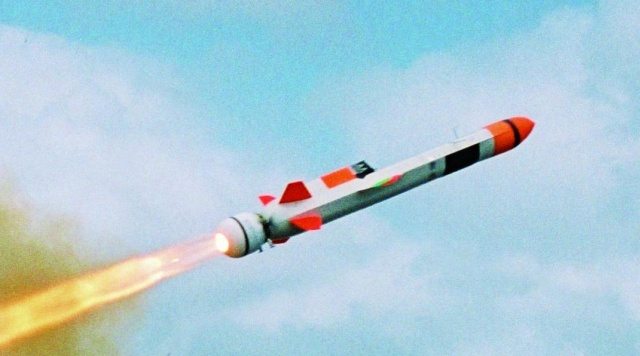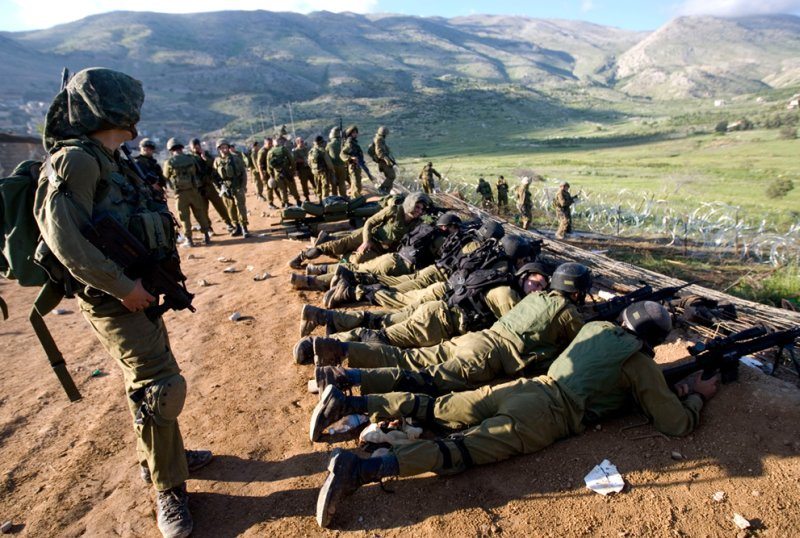In 1992, the Office of Net Assessment (ONA), Office of the Secretary of Defense, began circulating an assessment of a prospective late-twentieth-century military-technical revolution (MTR). Soviet military theorists had been discussing the possibility of a third twentieth-century revolution in military affairs (RMA) since the mid-1970s.
Written by (then Army Lieutenant Colonel) Andrew F. Krepinevich, ONA’s MTR assessment sought to explore the hypothesis that Soviet theorists were right in predicting that advances in precision munitions, wide-area sensors, and computerized command and control (C2) would bring about fundamental changes in the conduct of war.
As Marshal Nikolai Ogarkov, then chief of the Soviet General Staff, observed in 1984, these developments in nonnuclear means of destruction promise to “make it possible to sharply increase (by at least an order of magnitude) the destructive potential of conventional weapons, bringing them closer, so to speak, to weapons of mass destruction in terms of effectiveness.” The Soviets introduced the term “reconnaissance-strike complex” (or “RUK” from the Russian pекогносцировочно-yдарный комплекс) to describe the integration of missiles with precision-guided sub-munitions, area sensors such as the airborne Pave Mover SAR/MTI (synthetic-aperture radar/ moving-target-indicator) radar, and automated C2.
By 1987, Andrew Marshall, the Pentagon’s Director of Net Assessment, had concluded that the Soviets were correct in their judgment that these new technologies would not merely make current forces marginally better in fighting with existing operational concepts and organizations, but would revolutionize war’s conduct.5 In late January 1991, with Operation Desert Storm underway and mounting evidence of the efficacy of “stealthy” F-117s and F-111Fs delivering laserguided bombs (LGBs) against key Iraqi targets, Marshall asked Krepinevich to undertake what became the 1992 MTR assessment.6 Krepinevich had originally been hired by Marshall to work on the military balance in Europe between North Atlantic Treaty Organization (NATO) and Warsaw Pact forces. But with the tearing down of Berlin Wall in November 1989, German reunification in October 1990, and serious negotiations between George H. W. Bush’s administration and the Soviet leadership under Mikhail Gorbachev on reducing conventional forces in Europe, further work on this assessment had obviously been overtaken by events.
ONA’s 1992 MTR assessment precipitated the debate within the U.S. national security establishment during the 1990s over the RMA and, later, over defense transformation. In time, discussion of the RMA and transformation spread overseas.
In the case of NATO, the institutional manifestation of this ongoing debate is the Allied Command Transformation organization, created in 2003 to lead the military transformation of alliance forces and capabilities using new operational concepts and doctrines.
[Download not found]











